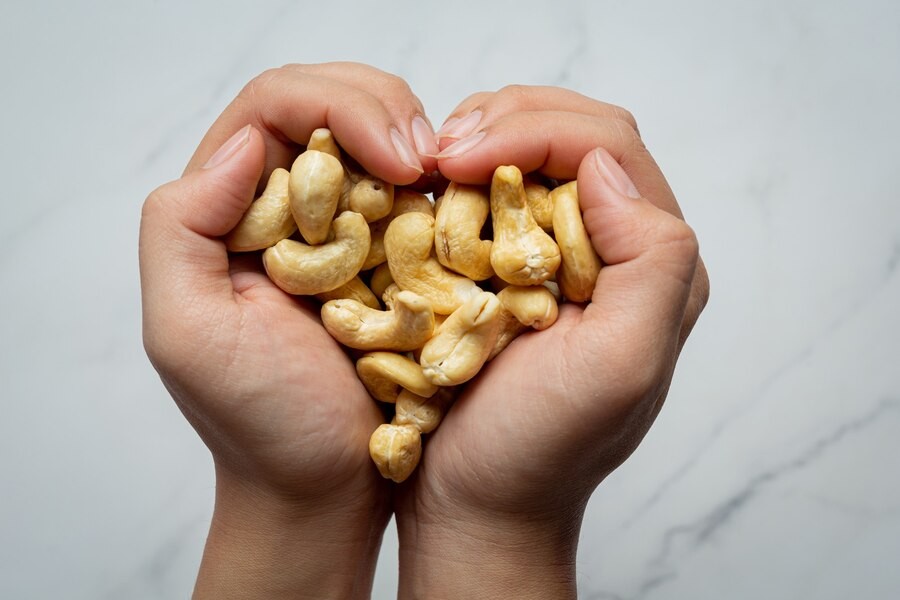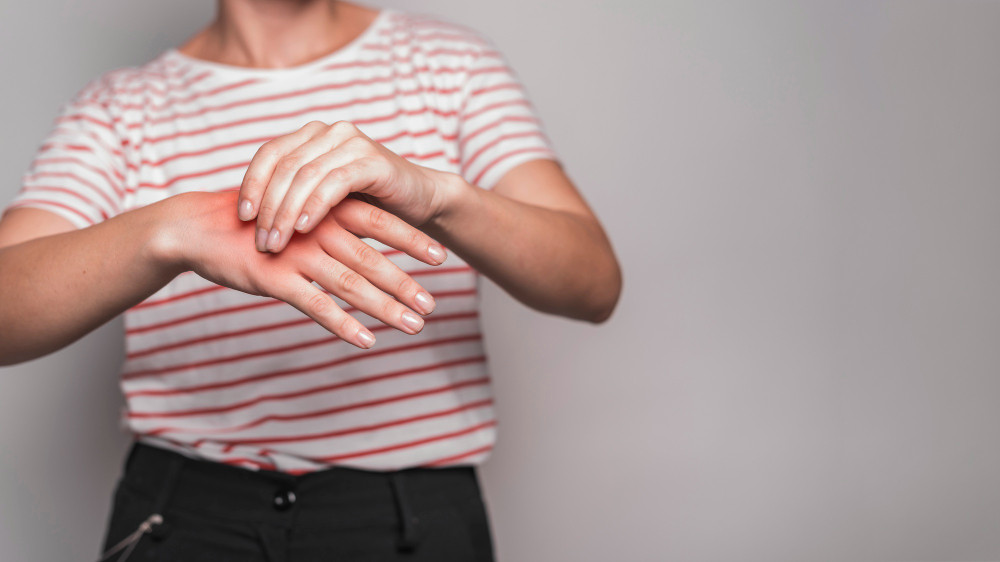Pernahkah Anda merasa nyeri sendi tiba-tiba yang diikuti bengkak atau kemerahan? Jika ya, kemungkinan Anda terkena penyakit asam urat tinggi (gout). Sebagian besar penyakit ini dialami oleh pria dan dapat berlangsung selama beberapa hari.
Penyakit asam urat tinggi tidak dapat sembuh total namun dapat diatasi dengan obat-obatan dan perubahan gaya hidup. Menerapkan pola makan rendah purin dapat membantu Anda mengurangi kambuhnya radang sendi akibat asam urat.
Apa Itu Penyakit Asam Urat?
Asam urat adalah zat sisa dari proses metabolisme senyawa bernama purin. Purin adalah senyawa yang banyak dijumpai pada makanan dan minuman yang Anda konsumsi sehari-hari seperti hati, daging merah, makanan laut, dan minuman alkohol.
Ketika tubuh mengalami gangguan metabolisme purin, senyawa ini akan menumpuk dan sulit dikeluarkan oleh tubuh. Penumpukan purin akan membentuk kristal asam urat yang berkumpul di persendian dan ginjal. Kondisi inilah yang menyebabkan terjadinya peradangan, bengkak, dan kemerahan pada persendian yang sering terjadi di sendi jempol kaki.
Baca Juga: Ini Tanda-Tanda Asam Urat Tinggi
Pola Makan untuk Pengidap Asam Urat
Tingginya asam urat disebabkan oleh kondisi hiperurisemia, yaitu tingginya kadar asam urat dalam darah. Normalnya kadar asam urat adalah 2,5 - 7,0 mg/dL pada pria dan 1,5 - 6,0 mg/dL pada wanita. Jika kadar asam urat dalam darah Anda melebihi angka tersebut maka dapat dikatakan kadar asam urat Anda tinggi.
Untuk mengurangi risiko terkena serangan asam urat, Anda dapat mengatur pola makan dengan mengonsumsi makanan yang rendah purin.
Makanan yang Dianjurkan
- Kacang dan selai kacang
- Makanan dan minuman rendah lemak seperti susu, keju dan yoghurt
- Telur
- Lemak sehat dan minyak
- Kol merah, paprika, wortel, kentang
- Roti, pasta, nasi
- Buah dan jus buah
- Kopi dalam jumlah terbatas
Baca Juga: Bolehkah Pasien Asam Urat Mengonsumsi Seledri?
Makanan yang Sebaiknya Dibatasi
- Daging merah dan unggas
- Makanan laut seperti kepiting, lobster, dan udang
- Daging merah seperti sapi dan kambing
- Kacang, kacang polong, dan lentil
- Sayuran seperti bayam, kembang kol, asparagus, dan jamur
- Oatmeal dan oat
Makanan yang Perlu Dihindari
- Ikan teri, sarden, dan kerang
- Tuna
- Daging bebek dan angsa
- Jeroan seperti otak, jantung, ginjal, hati
- Roti manis
- Saus ataupun saus yang dibuat dengan daging
- Susu tinggi lemak
- Bir
Dalam menerapkan pola makan rendah purin, Anda perlu memperbanyak asupan cairan untuk membantu mengeluarkan asam urat berlebih melalui urine. Kebutuhan cairan setiap orang berbeda-beda, namun pada orang dewasa dianjurkan minum air minimal 2 liter per hari.
Perlu diketahui juga bahwa reaksi setiap orang pada makanan berbeda-beda. Ada beberapa makanan di luar daftar di atas yang membuat asam urat Anda meningkat. Anda juga perlu memerhatikan porsi makanan yang Anda makan untuk menghindari risiko meningkatnya serangan asam urat.
Sebelum memutuskan untuk menjalani diet atau perubahan pola makan tertentu sebaiknya konsultasikan terlebih dahulu dengan dokter atau ahli gizi.
Selain menjaga pola makan, dokter juga akan meresepkan obat-obatan yang dapat membantu menurunkan asam urat. Konsumsi obat tersebut secara teratur sesuai anjuran untuk menjaga kadar asam urat dalam darah.
Jika Anda memiliki asam urat, sebaiknya konsultasikan ke dokter mengenai program penanganan asam urat secara keseluruhan atau manfaatkan fitur konsultasi yang terdapat pada aplikasi Ai Care yang bisa diunduh melalui App Store dan Play Store.
Mau tahu informasi seputar nutrisi, makanan dan tips diet lainnya? Cek di sini, ya!
- dr Nadia Opmalina
Family Doctor. Low-Purine Diet. Available from: https://familydoctor.org/low-purine-diet/
Harris, S. (2022). Foods to eat and avoid on a low purine diet. Available from: https://www.medicalnewstoday.com/articles/322590#
Cleveland Clinic. Gout Low Purine Diet. Available from: https://my.clevelandclinic.org/health/treatments/22548-gout-low-purine-diet












